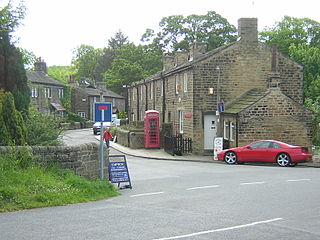
Esholt is a village between Shipley and Guiseley, in the metropolitan district of the City of Bradford, West Yorkshire, England. It is situated 3 miles (4.8 km) east of Shipley town centre, 1.5 miles (2.4 km) south-west of Guiseley Main Street, 7 miles (11 km) north of Bradford City Centre, and 10 miles (16 km) north-west of Millennium Square, Leeds.
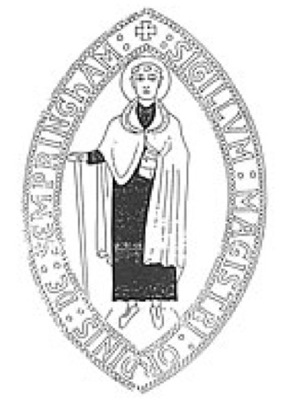
The Gilbertine Order of Canons Regular was founded around 1130 by Saint Gilbert in Sempringham, Lincolnshire, where Gilbert was the parish priest. It was the only completely English religious order and came to an end in the 16th century at the time of the Dissolution of the Monasteries. Modest Gilbertine revivals have taken place in the late 20th and early 21st centuries on three continents.

Rawdon is a village and civil parish in the metropolitan borough of the City of Leeds, West Yorkshire, England. It sits on the River Aire and on the A65 south of Yeadon.

Arthington Priory was an English monastery which was home to a community of nuns in Arthington, West Yorkshire, founded in the mid-12th century. The priory land is occupied by a residence called "Arthington Hall", which was built around 1585, and little, if anything, remains of the priory. The site of the priory church is possibly now occupied by a farmhouse called The Nunnery. The community was the only one of nuns of the Cluniac congregation in Yorkshire and one of two in England. It was established through a grant by Peter de Arthington.

Marton-cum-Moxby is a civil parish in North Yorkshire, England. The population of the parish was less than 100 at the time of the 2011 Census, therefore its details were included with Farlington. It lies to the east of the villages of Stillington and Farlington, near Easingwold. The settlements are the hamlets of Marton-in-the-Forest and Moxby, both agricultural in character.
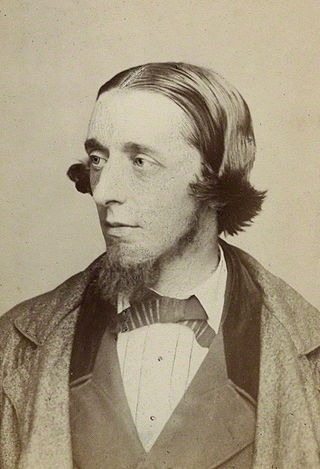
Sir James Stansfeld, was a British Radical and Liberal politician and social reformer who served as Under-Secretary of State for India (1866), Financial Secretary to the Treasury (1869–71) and President of the Poor Law Board (1871) before being appointed the first President of the Local Government Board.
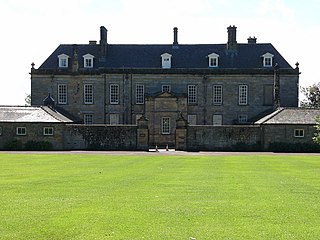
Sir Walter Calverley Blackett, 2nd Baronet was a British baronet and politician who sat in the House of Commons from 1734 to 1777.
Sir Walter Calverley, 1st Baronet was an English aristocrat.

Calverley Old Hall is a medieval manor house with Grade I listed building status situated at Calverley, West Yorkshire, England.
Joshua Fielden JP of Stansfield Hall, Todmorden, was a British cotton manufacturer and Conservative politician.

Swine Priory was a priory in the village of Swine in the East Riding of Yorkshire, England. The site of the Cistercian nunnery is a Scheduled Monument.

Nun Appleton Priory was a priory near Appleton Roebuck, North Yorkshire, England. It was founded as a nunnery c. 1150, by Eustace de Merch and his wife. It was dissolved by 1539, when the nuns were receiving pensions.
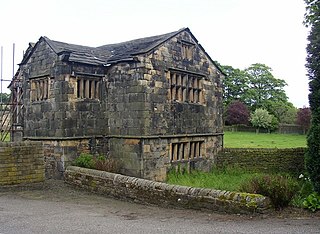
Kirklees Priory was a Cistercian nunnery whose site is in the present-day Kirklees Park, Clifton near Brighouse, Calderdale, West Yorkshire, England. It was originally in the ancient ecclesiastical parish of Dewsbury. The priory dedicated to the Virgin Mary and St James was founded by Reiner le Fleming, Lord of the manor of Wath upon Dearne, in 1155 during the reign of Henry II.
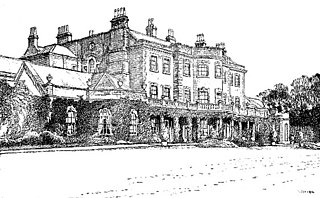
Wykeham Abbey is a Grade II* listed country house in Wykeham, North Yorkshire, England. It has been the seat of the Viscounts Downe since the early 20th century.
Stansfield is an English surname deriving from the Old English 'stan' and 'feld' (field). This toponymic surname originates from two possible locations in England: the ancient township of Stansfield, which was listed in the Domesday Book of 1086 as 'Stanesfelt’; and the village of Stansfield, Suffolk. The surname is most commonly found among families originating in the English counties of Yorkshire and Lancashire, especially around the town of Todmorden, West Yorkshire. Other variants include Stansfeld, Stanfield, and Standfield.
William Rookes Crompton-Stansfield of Esholt Hall, Yorkshire, and Frimley Park, Surrey, was a British landowner and Whig politician who was MP for Huddersfield, Yorkshire, from 1837 to 1853.
Alfred Hill Thompson, ARIBA was an English architect in the Gothic Revival and Arts and Crafts styles, who specialised in small schools and chapels in the Yorkshire area. In partnership with Isaac Thomas Shutt he co-designed the Church of All Saints, Harlow Hill, completed in 1871.

The Keldholme Priory election dispute occurred in Yorkshire, England, in 1308. After a series of resignations by its prioresses, the establishment was in a state of turmoil, and the Archbishop of York, William Greenfield, appointed one of the nuns to lead the house. His candidate, Emma de Ebor', was deemed unacceptable by many nuns, who undermined her from the start to the extent that she resigned three months later. The archbishop, forced to find another candidate, claimed that he was unable to do so from within the priory and appointed Joan de Pykering from nearby Rosedale Priory. It is likely that Keldholme saw de Pykering as an intruder, and it seems to have reacted against her in much the same way as to her predecessor.
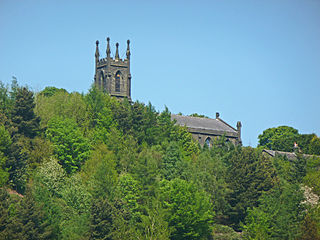
Stansfield is a place and township in the civil parish of Todmorden and Metropolitan Borough of Calderdale, in West Yorkshire, England, which gave its name to Stansfield Hall, Stansfield Hall Railway Station, and an electoral ward in Todmorden, Calderdale.














